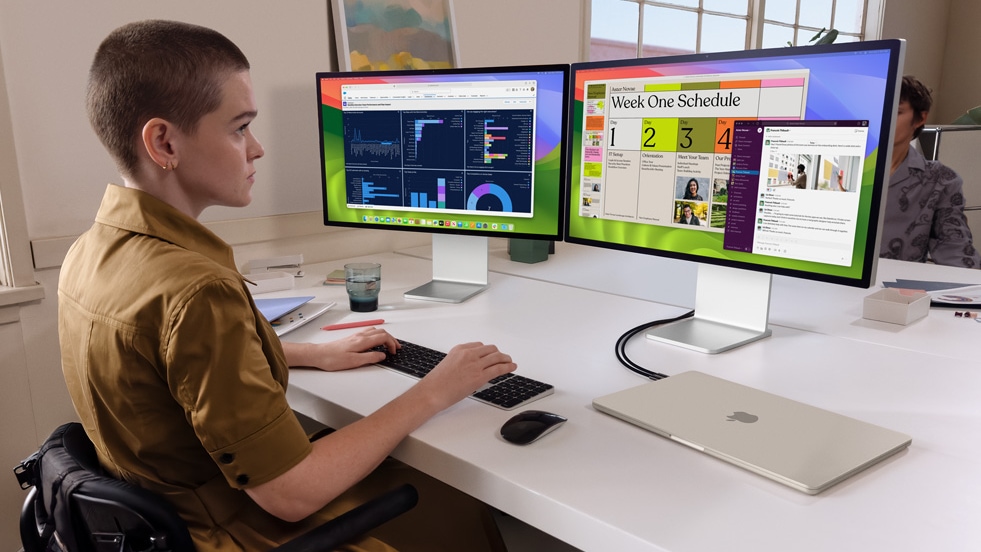The recently launched MacBook Air with the Apple M3 processor performance slows down significantly if pushed too hard when in clamshell mode (with the lid closed). Thermal throttling is the culprit.
That said, the problem mostly shows up when using Apple’s consumer-grade notebook for tasks it’s not designed to handle.
M3 MacBook Air performance slows in clamshell mode
The M3-based MacBook Air is the first with Apple silicon to support two external displays. However, the trick requires closing the notebook’s clamshell — and thereby shutting off the built-in display — because Apple’s chip can only handle two screens at a time.
Naturally, this encourages people to use the notebook with the lid closed. But there’s reportedly a problem.
YouTube channel Max Tech ran the 3DMark Wild Life Extreme Stress Test on the M3 MacBook Air in clamshell mode. It found that over 20 minutes, GPU performance dropped to 52% of maximum.
This is a result of thermal throttling — slowing the processor down to prevent it from overheating. When Max Tech connected an accessory designed to shed heat from the notebook and reran the benchmark test, there was only a 10% decrease in performance over 20 minutes.
Even with the lip open, performance drops to 73% of the max in the punishing stress test.
Understand the limitations of a consumer MacBook
In order to demonstrate the performance drop on an M3 MacBook Air in clamshell mode, Max Tech used the 3DMark Wild Life Extreme Stress Test. This software lives up to its name and puts the GPU under severe strain.
This is a situation the consumer-grade notebook wasn’t designed to handle. To minimize thickness and weight, the MacBook Air doesn’t come with an internal fan to cool down the processor. And closing the lid greatly reduces the computer’s ability to cool itself.
Reports of significant M3 MacBook Air thermal throttling didn’t crop up until now because there’s been no evidence that it occurs when the notebook is used as intended: web browsing, reading email, word processors, spreadsheets, etc.
All this means that those who expect to push the processor to its limits can’t get by with Apple’s $1,099 model — which should be obvious.
At the very least, those with heavy demands need to invest in the M3 MacBook Pro. That laptop (and other MacBook Pro models) comes with a fan to reduce/prevent thermal throttling. When Max Tech did the same 3DMark Wild Life Extreme Stress Test on a MacBook Pro, it experienced no significant thermal throttling.
Again, typical users don’t need to worry about this. But gamers and those doing video rendering should take note.
Watch the full Max Tech video for more details:


